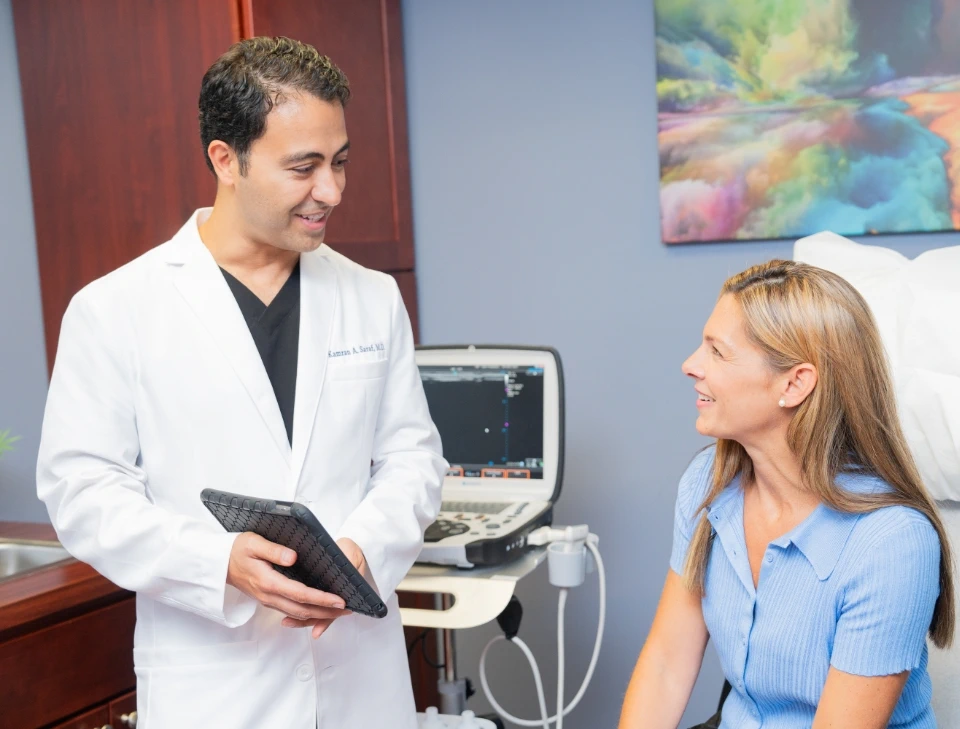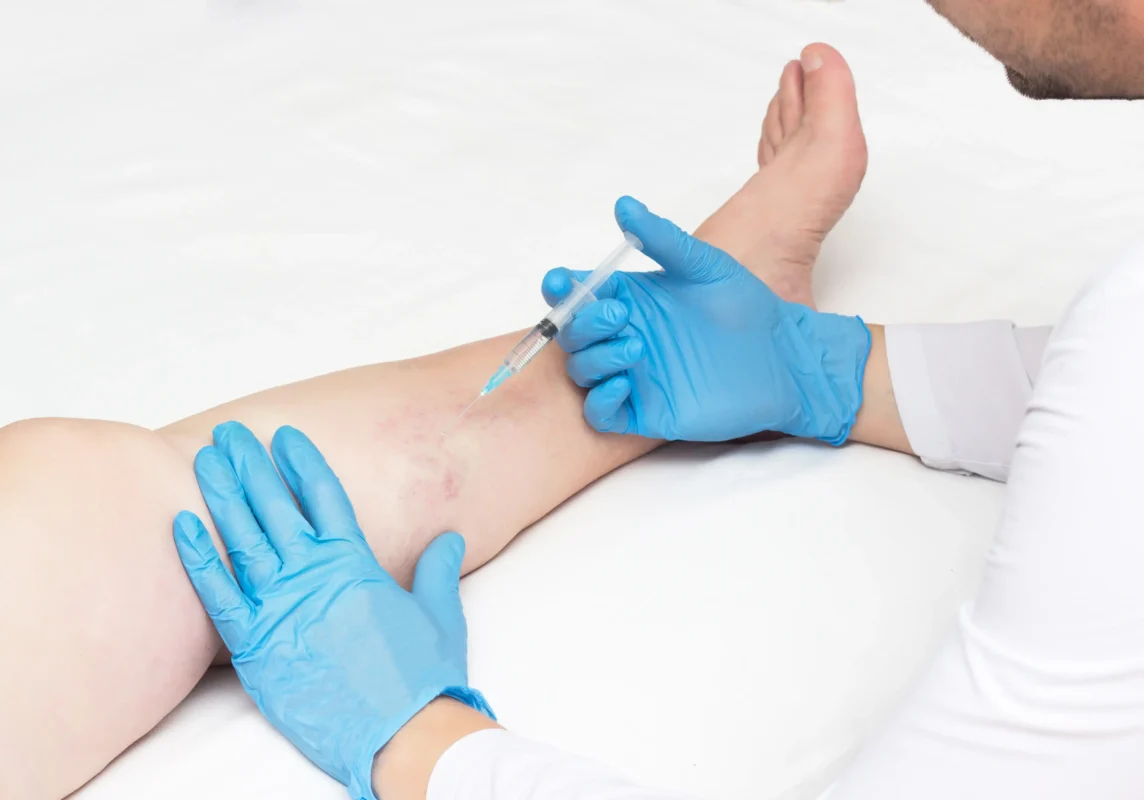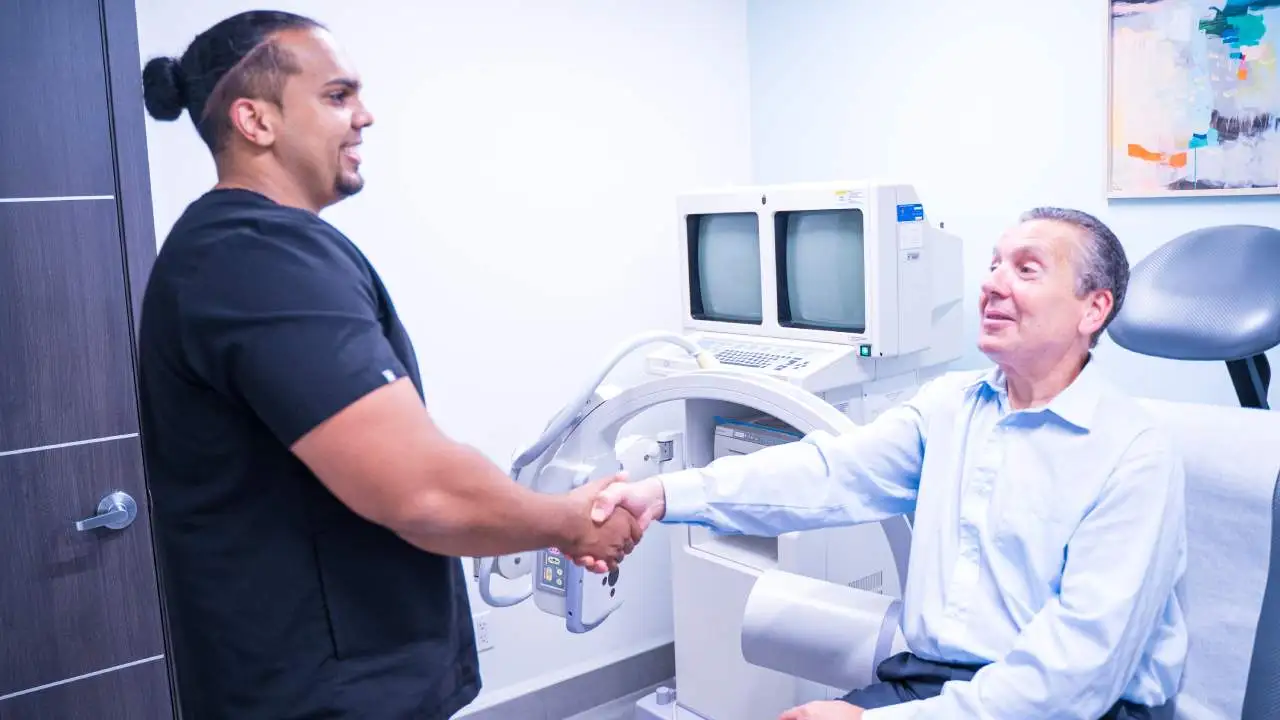Is Varicose Vein Removal Covered by Insurance? And Answers to Other Frequently Asked Questions
Varicose veins are an especially common condition, impacting up to 25 million Americans every year. Today’s treatments are fast, effective, and minimally invasive, but many patients don’t seek medical care. They are under the impression that varicose vein removal is not covered by insurance, and they simply can’t afford the cost of correcting what some perceive to be a cosmetic issue.

With most health insurance plans, the answer is yes. Treatment is covered when there is underlying vein disease such as Chronic Venous Insufficiency (CVI). However, there may be restrictions on which treatment methods are covered, and at what point you are eligible for the procedure. Your vein doctor in New York or vein doctor in New Jersey often has billing experts on staff to assist you with insurance questions.

What Is Chronic Venous Insufficiency?
To understand Chronic Venous Insufficiency, it’s important to have a general idea of how the circulatory system works. Essentially, the heart pumps blood to the lungs, where it picks up oxygen. Arteries carry the oxygenated blood to all of the organs and tissues in your body. Veins take the deoxygenated blood back to the heart, so the process can begin again.
When it comes to moving blood to and from the lower half of the body, arteries have an easier time getting the job done than veins. Arteries have gravity on their side, while veins must work against gravity to return blood to the heart. Fortunately, veins have a series of one-way valves that help the process along. The valves open for blood to pass through, then close to prevent any backflow.
An injury or disease can damage these valves, which causes them to leak. The name for this condition is Chronic Venous Insufficiency. When CVI develops, veins are less effective at transporting blood. It starts to pool in the lower half of the body, putting pressure on the vessel walls. The intense pressure damages the veins, particularly the saphenous vein in the legs, and they begin to swell. When the swollen vessel is a superficial vein, it may protrude against the skin. The bulging veins look like thick, knotted ropes, and they are referred to as varicose veins.
Are Varicose Veins the Only Symptom of Vein Disease?
Varicose veins may be the most visible sign of vein disease in early stages, but you are likely to notice other issues, as well. For example, many people also develop spider veins, which appear just beneath the surface of their skin. They are much smaller than varicose veins, and they get their name from their net or web-like appearance.
Other symptoms of vein disease include swelling, heaviness, aching, or numbness in the legs. Some people have sudden leg cramps, which often occur at night and interfere with sleep. Others experience Restless Leg Syndrome, which is a pressing urge to move or stretch your legs, even when you are relaxed.
If vein disease is left untreated, more serious issues may develop. You may notice changes in your skin. At first, it is itchy and tight. Eventually, it becomes discolored, especially around the feet and ankles. It loses its ability to heal properly, and minor cuts and scrapes become on-going open wounds. Such wounds allow bacteria to enter the body, which causes dangerous, painful skin infections like cellulitis.
How Are Varicose Veins Treated?
Previous generations had limited options for varicose vein treatment. Most had to see a vascular surgeon for invasive vein stripping surgery. Today, there have been significant advances in treating varicose veins. Your vein specialist can offer a variety of minimally invasive, highly effective procedures that can be completed on-site at your varicose vein and spider vein clinic.
The newest vein treatments use heat, laser energy, medication, or vein glue to permanently close unhealthy veins. Blood automatically reroutes to other, healthier veins, and tissue from the sealed veins is reabsorbed by your body. The most common options include:
- Sсlеrоthеrару – Uses a medical injection to close varicose veins
- VenaSeal – Seals diseased veins with a medical adhesive
- Radiofrequency Ablаtіоn (RFA) – Relies on thermal energy to close unhealthy veins
- Endоvеnоuѕ Lаѕеr Ablаtіоn (EVLA) – Applies targeted laser energy to close unhealthy veins
- Clarivein – Uses an advanced tool to administer medication for closing varicose veins
- Varithena – Uses a medical foam to close varicose veins
Your varicose vein doctor applies a local anesthetic, then accesses the unhealthy vein through a small incision in your skin. Usually, these incisions don’t even require stitches. Treatments typically take less than an hour, and you can return to your normal activities right away. Your vein doctor in NY or vein doctor in NJ looks at your specific situation to determine the best vein treatment for you.
Is Varicose Vein Removal Covered by Insurance?
Of course, the big question is whether varicose vein removal is covered by insurance. This often depends on whether there is a medical need for treatment. Most health insurance coverage excludes payment for cosmetic procedures, but plans do cover vein treatment caused by underlying venous disorders. While each plan has different requirements, they tend to have certain points in common.
Coverage is more likely for treatments that have been in use longer and have demonstrated strong results in terms of safety and effectiveness over time. For example, Radiofrequency Ablаtіоn (RFA) meets these criteria, and it is Medicare-approved for treatment of vein disease.
Some plans may require that you try other, non-invasive options first. For example, you may have to attempt treatment through compression stockings, elevation of your legs, and certain lifestyle changes for 3 – 6 months before you receive approval for more complex vein treatment procedures.
For information on your specific plan requirements, speak with the insurance coverage specialist at your varicose vein clinic. You can also call your provider directly, or you can review the details in your Summary Plan Description (SPD) to learn more about whether varicose vein removal is covered by insurance.
How Do I Choose a Varicose Vein Doctor?
Vein specialists focus exclusively on venous disorders, so they have the education and experience necessary to accurately diagnose your condition and recommend the best treatment for your situation. When selecting your varicose vein or spider vein doctor, look for one who is Board-Certified. This designation means your physician has passed rigorous testing to validate his or her expertise in the specialty.
The Vein Treatment Clinic offers you an opportunity to work with Board-Certified doctors who are highly skilled in the diagnoses and treatment of vein disease. You can schedule a consultation online, or you can call for an appointment at (844) 690-1788.









